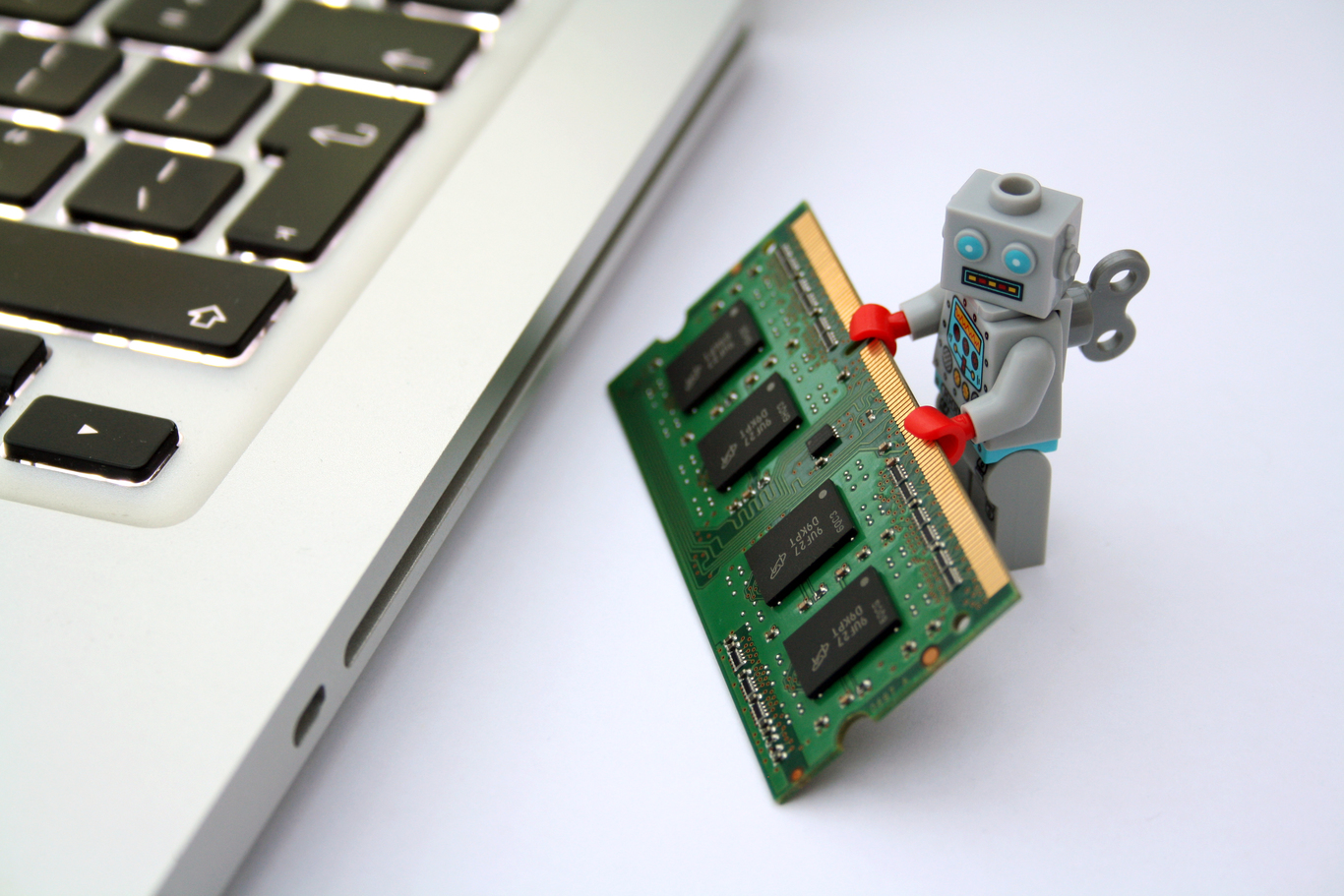'Humans are now too slow and too costly to handle many routine interactions'
Chat bots, machine learning and more trends that will shake up customer service in 2017.
THE SHEER VOLUME of information being gathered across networks, coupled with the continuing evolution of the networks themselves with faster technologies like 5G, has created the need for a radical increase in automation.
Put simply, humans are now too slow and too costly to handle many routine interactions – and millennials and the generation below don’t like communicating with call centre staff anyway.
However, customers still want to feel that they’re being cared for by the companies that they buy services from – so, for 2017, I see the following four trends leading the way to successful yet ever-increasing automated customer interactions:
1. Machine learning/artificial intelligence
For organisations looking to provide rich experiences to their customers while still maintaining profitability, automation is the only answer. However, many of the negatively viewed ‘impersonalities’ of automation can be concealed by the effective use of machine learning and artificial intelligence.
For example, if machine learning is deployed, a system can learn that certain patterns of behaviour suggest what will happen next. For mobile operators, that might be a signal of impending fraud or a customer complaint.
Machine learning enables the system to understand that an interaction is needed to avoid the next step, and artificial intelligence can be applied to determine the right response given the already learned preferences of the customer.
I believe this will be important in 2017 because companies are already making investments. Analyst firm ABI Research has projected that mobile operators alone will spend more than $50 billion on big data and machine learning analytics between now and 2021, with the greatest growth coming in predictive analytics.
The firm has pointed out that machine learning excels at spotting exceptions, and therefore it expects the market for predictive analytics based on machine learning to grow to reach $12 billion in five years.
2. Personalisation
There’s an increasing expectation that although we’re only one out of hundreds of thousands or millions of customers, we expect to be treated by our service providers as an individual. It’s no longer good enough to be lumped together with other users of the same age group or geographic location.
The expectation is for hyper-personalised interactions from providers which take into account previous purchasing activity, likely interest in specific offers, how the customer prefers to be communicated with and what channels they find appealing.
We’re in a world with many forms of communication to choose from and the challenge for organisations is to communicate across all these channels in a consistent way, according to their customers’ preferences.
I therefore believe that 2017 will see a growing maturity in businesses using specific personalisation techniques as they draw on past experiences, not all of which were positive, and new technologies to perfect their communications so that each customer is addressed in the manner they have chosen and has offers made to them that are attractive to them alone.
3. Design-led customer experience
Customer experience (CX) has been led and controlled by systems and processes but, as increased personalisation becomes a customer preference, the limitations of customer communications are being increasingly highlighted.
It’s counter-productive to invest in artificial intelligence, big data analytics and machine learning if the customer is still approached by communications in an unattractive format.
Design-led communications enable companies to converse with customers, giving the impression they know and care about them and understand what each customer likes to see. This can also encourage them to reveal further preferences, thereby adding depth to the existing relationship.
I believe design-led CX will become mainstream in 2017, because design is a major area of customer experience that has been neglected. Good design adds so much value to the customer’s experience and is relatively straightforward to roll out business-wide.
4. Chat bots and natural language
There’s now a need for companies to offer ‘natural-language understanding’ and build it into the multichannel experience that they provide for their customer. This understanding allows users to ask questions in normal, everyday language and get the responses that they are looking for.
However, it is difficult to achieve. It requires specific formulas, which can understand what the customer is looking for in a complex catalogue offering multiple devices and different products.
Natural-language understanding formulas look considerably different for a customer ordering an Uber taxi or a pizza with all the trimmings, which are simple interactions, from when a customer wants a new mobile device with a specific service plan that will provide the right amount of data they need at the right price.
During 2017, I expect to see this technology play a more obvious role in consumer services. Smart TVs and streaming services, as well as smart homes, will see the beginning of this change.
The first commercial apps based on natural-language understanding started to appear on the market in 2016 and we expect customers, especially millennials, to gravitate towards smartphone and web apps, while avoiding phone call interactions.
Siri and other personal digital assistants will continue to improve, putting more pressure on different industries to understand their customers’ natural-language requests.
It’s time for service providers to start reaching out to vendors to help them develop their own formulas and touch points, or risk being turned into a commodity by some other company that can do it better.
Alan Coleman is the chief executive of Brite:Bill.
If you want to share your opinion, advice or story, email opinion@fora.ie.






